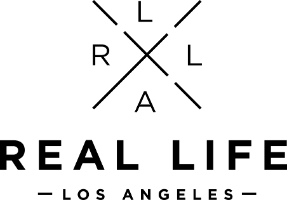The term “rat,” referring to a worker who betrays fellow workers, first appears in print in the New York Daily Sentinel. The newspaper was quoting a typesetter while reporting on replacement workers who had agreed to work for two-thirds of the going rate - 1830
(The Lexicon of Labor is an invaluable resource for all unionists, from rank-and-file activists to newsletter editors to union leaders. It offers readable, informative descriptions of more than 500 key terms, places, people and events in American labor history.)
Civil rights activist and suffragist Susan B. Anthony dies in Rochester, N.Y. at the age of 86. One of her quotes: “Join the union, girls, and together say equal pay for equal work.” - 1906
A four-month UAW strike at General Motors ends with a new contract. The strikers were trying to make up for the lack of wage hikes during World War II - 1946
Working Class Heroe -- via -- www.unionist.com
A four-month UAW strike at General Motors ends with a new contract. The strikers were trying to make up for the lack of wage hikes during World War II - 1946 ~De
IN THE 12 months following V-J (Victory over Japan) Day in August 1945 almost 5 million workers engaged in strike actions throughout the U.S. Virtually every sector of industry was hit--auto, oil steel, coal meatpacking, railroads, electrical transportation, communication and utilities--although not all simultaneously. The number of workdays lost to strikes exceeded the 1937 level by four times.
Leaders of both the American Federation of Labor (AFL) and the Congress of Industrial Organizations (CIO) had collaborated with employers and the state during the war to put the brakes on the rank and file and beef up wartime production.
After the war, union leaders were hoping to be able to strike a peaceful deal with the employers, getting wage increase and job guarantees in exchange for keeping tight reins on the rank and file.
"It's industrial peace for the post war period," proclaimed the CIO News on April 2, 1945. In the same month leaders of both union federation signed a "Charter of Industrial Peace" with the American Chamber of Commerce.
Four days after V-J Day, President Harry Truman ordered that wartime restrictions on strikes be continued in peacetime. AFL head William Green summed up the bureaucrats predisposition to avoid resistance when he said, "V-J Day will not mean an automatic ending of restraint on strikes."
But the union leaders' plans were upset by both the employers and their own rank and file.
The upsurge began in September when 43,000 oil workers in 20 states walked off the job demanding 40 hours work for 52 hours pay (a 30 percent pay increase).
They were followed by 200,000 coal miners, 44,000 AFL lumber workers, 40,000 Bay Area machinists, 70,000 Midwest truckers and so on.
But these were only preliminary skirmishes. GM workers went out in November for a 30 percent wage increase , completely shutting down the largest corporation in the U.S.
A complete shutdown of the auto industry was prevented only by the policies of the UAW leadership, who decided to conduct a "one-at-a-time" strategy. The GM workers found themselves in the position, despite widespread public support and industry-wide solidarity, of holding the fort alone in a long, 113-day battle of attrition.








No comments:
Post a Comment